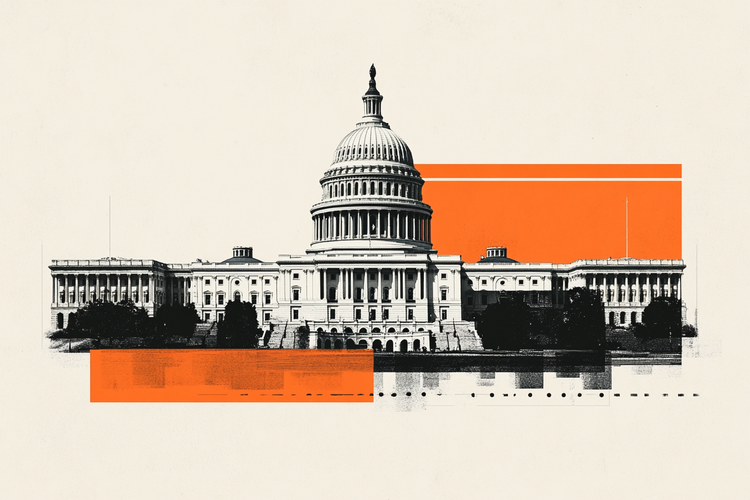The governor of the Federal Reserve Board, Adriana Kugler, said Tuesday night that, since US import tariffs are significantly higher than expected and probably exert upward pressure on prices, Fed should maintain short -term indebtedness costs without changes until inflation risks decrease, according to Reuters.
Key quotes
Tariff increases are significantly higher than expected above.
The economic effects of tariffs and uncertainty will probably be greater than anticipated.
It supports maintaining the stable policy rate while persisting upward risks for inflation, while economic activity and employment are stable.
The Fed policy is well positioned for macroeconomic changes.
If financial markets are adjusted persistently, it could affect future growth.
Special monitoring the risks up to inflation and the downward risks in employment.
The progress of inflation has slowed down, remains above the objective of 2%.
The labor market is solid, generally balanced.
Long -term inflation expectations are largely anchored, hoping that they remain like this.
The GDP of the first quarter can show moderation compared to 2024, but some purchase advances to avoid tariffs.
Tariffs will probably exert upward pressure on prices.
Market reaction
At the time of writing, the American dollar index (DXY) is quoting 0.76% higher in the day, negotiating at 99.73.
Fed Faqs
The monetary policy of the United States is directed by the Federal Reserve (FED). The Fed has two mandates: to achieve prices stability and promote full employment. Its main tool to achieve these objectives is to adjust interest rates. When prices rise too quickly and inflation exceeds the objective of 2% set by the Federal Reserve, it rises interest rates, increasing the costs of loans throughout the economy. This translates into a strengthening of the US dollar (USD), since it makes the United States a more attractive place for international investors to place their money. When inflation falls below 2% or the unemployment rate is too high, the Federal Reserve can lower interest rates to foster indebtedness, which weighs on the green ticket.
The Federal Reserve (FED) celebrates eight meetings per year, in which the Federal Open Market Committee (FOMC) evaluates the economic situation and makes monetary policy decisions. The FOMC is made up of twelve officials of the Federal Reserve: the seven members of the Council of Governors, the president of the Bank of the Federal Reserve of New York and four of the eleven presidents of the regional banks of the Reserve, who exercise their positions for a year in a rotary form.
In extreme situations, the Federal Reserve can resort to a policy called Quantitative Easing (QE). The QE is the process by which the Fed substantially increases the flow of credit in a stuck financial system. It is a non -standard policy measure used during crises or when inflation is extremely low. It was the weapon chosen by the Fed during the great financial crisis of 2008. It is that the Fed prints more dollars and uses them to buy high quality bonds of financial institutions. The one usually weakens the US dollar.
The quantitative hardening (QT) is the inverse process to the QE, for which the Federal Reserve stops buying bonds from financial institutions and does not reinvote the capital of the bonds that it has in portfolio that they expire, to buy new bonds. It is usually positive for the value of the US dollar.
Source: Fx Street
I am Joshua Winder, a senior-level journalist and editor at World Stock Market. I specialize in covering news related to the stock market and economic trends. With more than 8 years of experience in this field, I have become an expert in financial reporting.







